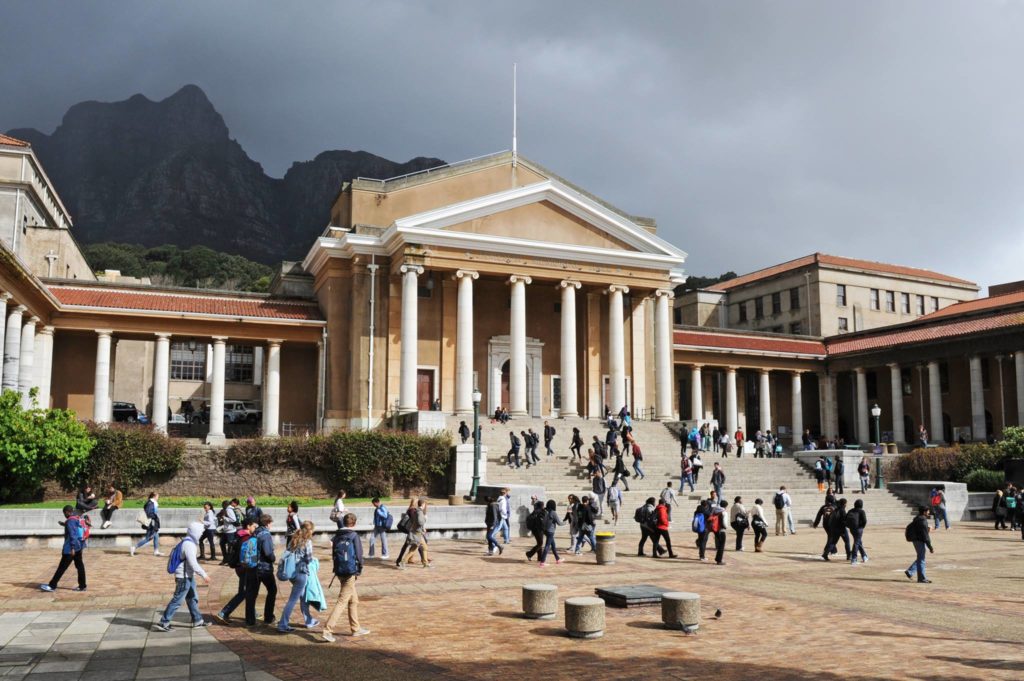The council at the University of Cape Town (UCT) has made the historic decision to change the name of Memorial Hall to honour Khoi heroine Sarah Baartman.
UCT’s Memorial Hall, which lies in the middle of Upper Campus at the university, will now be named Sarah Baartman Hall as decided on December 8 2018.
It was decided that renaming the hall would be an appropriate way of honouring her memory and restoring her name to the dignity that was so brutally stolen from her in the 19th century. The renaming is also part of the university’s efforts to transform into an institution of inclusivity.
While Baartman’s suffering cannot be undone, UCT aims to lift her up as a potent symbol of the new campus community that is currently being built.
The hall was originally named after Sir Leander Starr Jameson, a former prime minister of the Cape Colony who initiated an unlawful raid that brought war to South Africa.
UCT finds it fitting that Baartman, who was treated as a slave, is honoured on the grounds of a university where many of the building are built on the graves of slaves. It is also a homage to all those who lost their lives through slavery.
The Sarah Baartman Hall will now be a place of restoration, healing, growth, and compassion.
An event to commemorate the renaming of the hall and honour the remarkable woman will be held in 2019.
Who was Sarah Baartman?
Sarah Baartman also often referred to as ‘Saartjie’ was only 20 years old when she was taken away to on a British ship bound for London under false pretenses. Once Baartman reached London, she was exhibited as a freak show attraction. In 1814 she was sold to an animal trainer in France, where she died barely a year later of disease and homesickness.
Baartman’s humiliation did not end here, however; a cast of her body was made after her death. Her body was then dissected and her brain and genitalia were preserved in formalin.
Scientists of the age described Baartman’s body as “the missing link between human and ape”.
Her remains were displayed in the Musée de l’homie from 1816 until 1986, even after the Griqua people began demanding the return of the remains in the 1950s.
It was only in May 2002 that Baartman’s remains returned home where she finally received a traditional Khoisan ceremony, held on August 9 2002.
Pictures: Facebook






